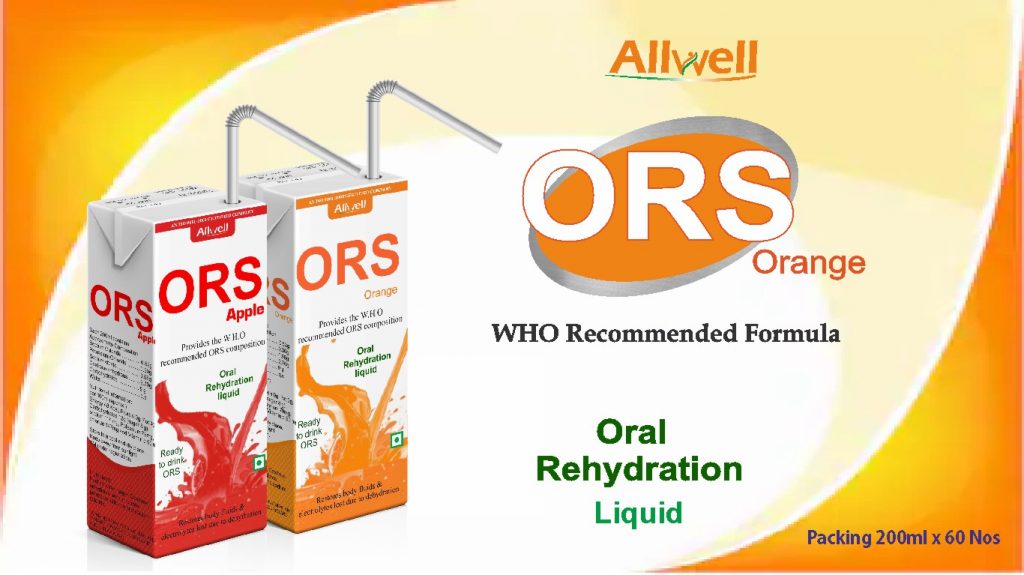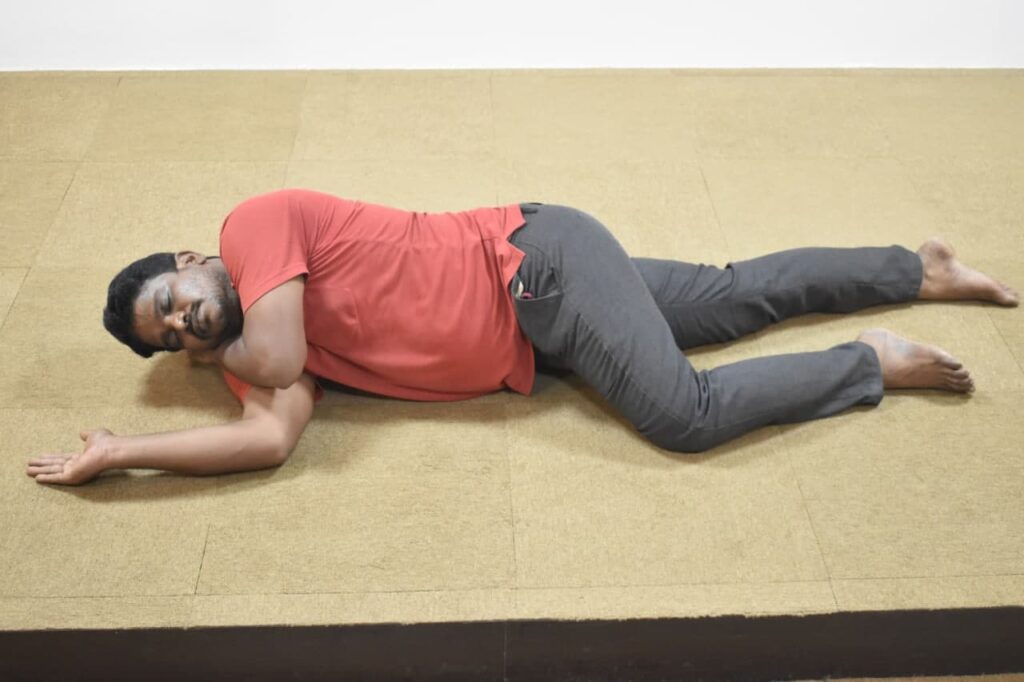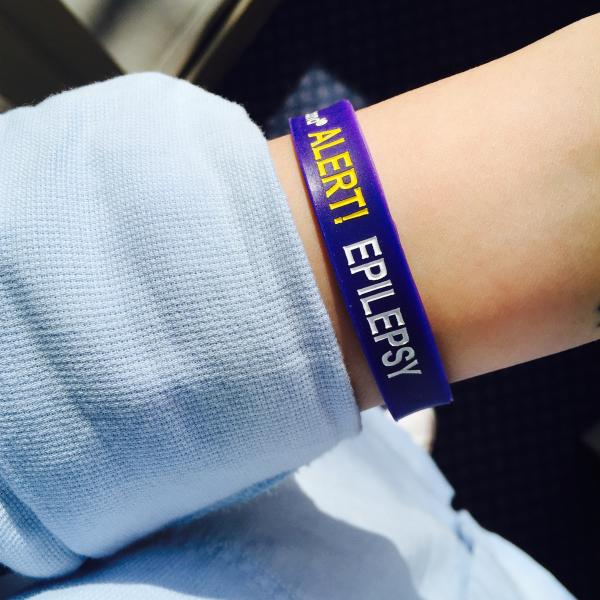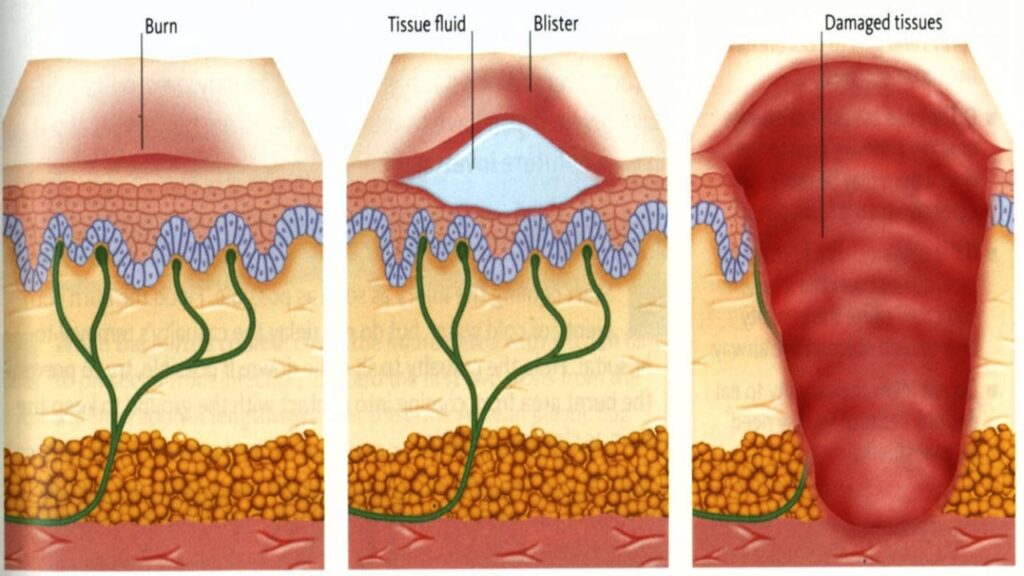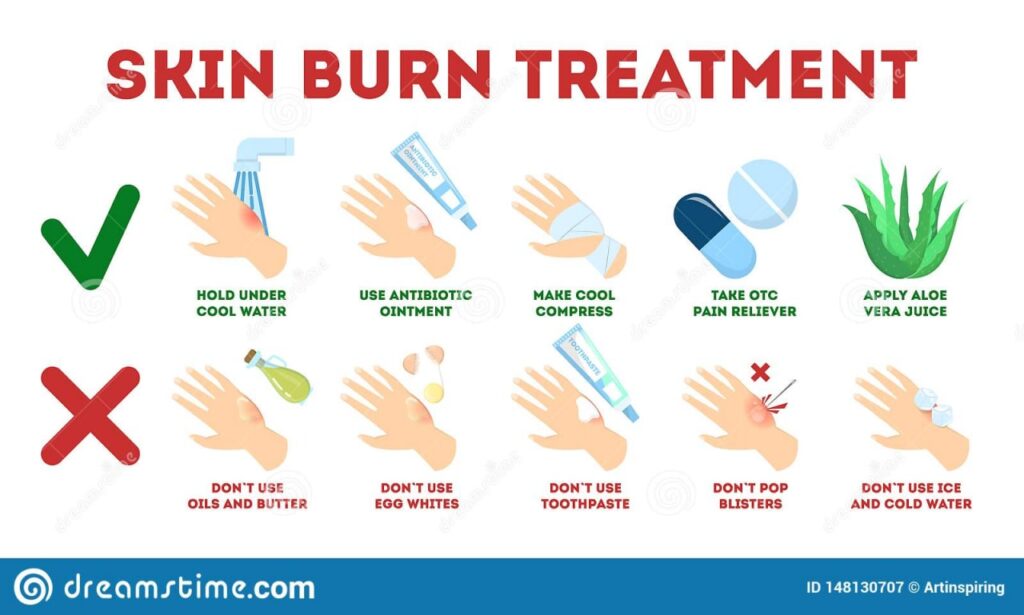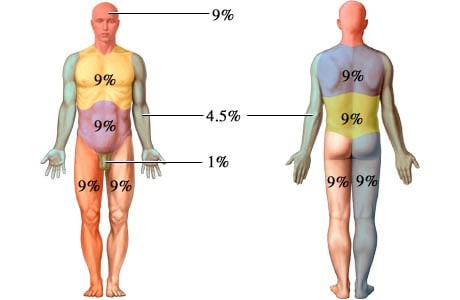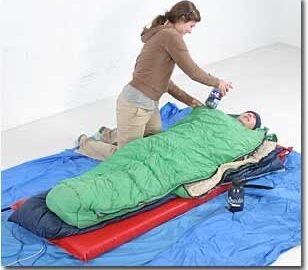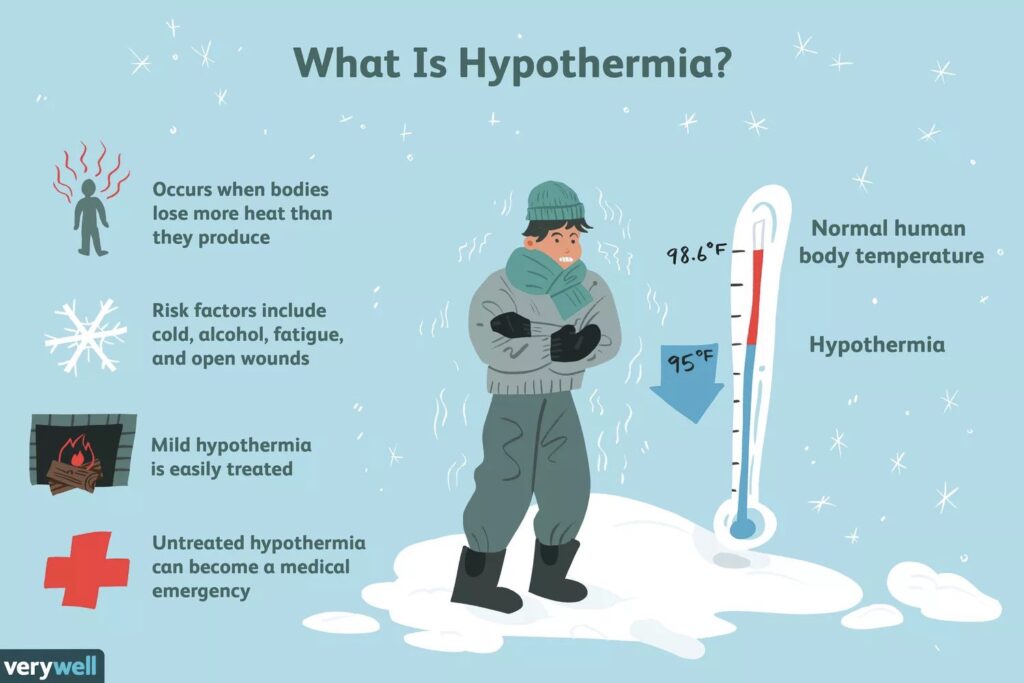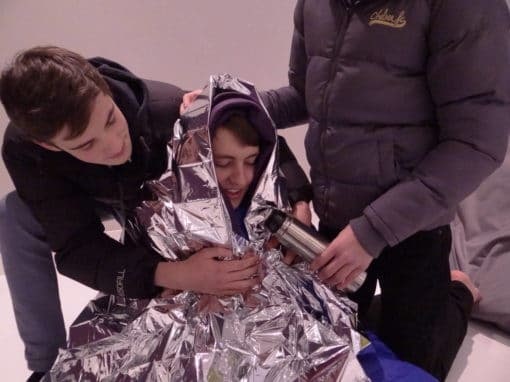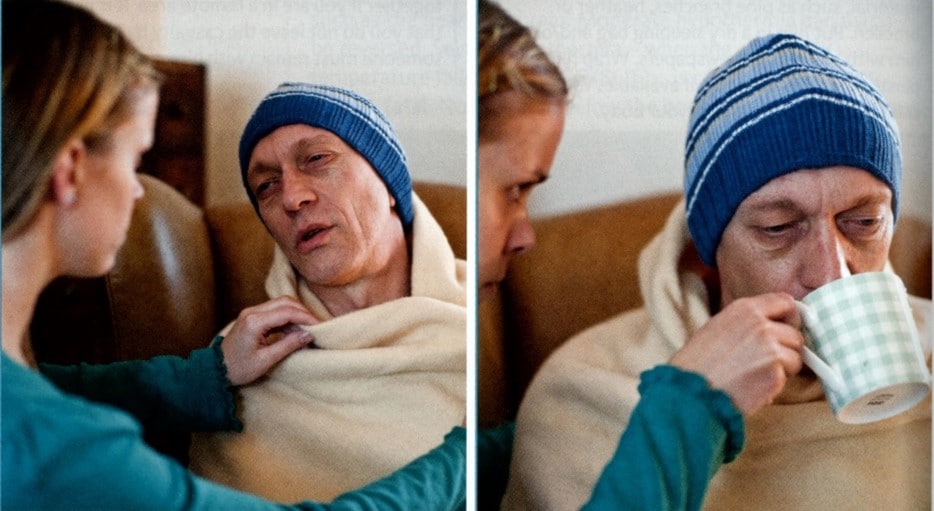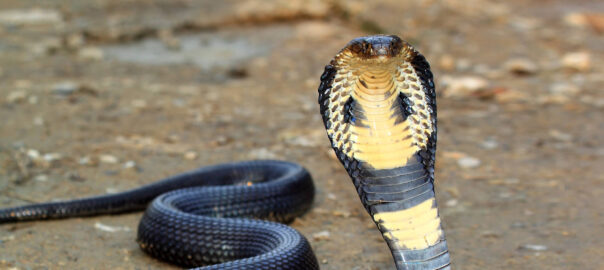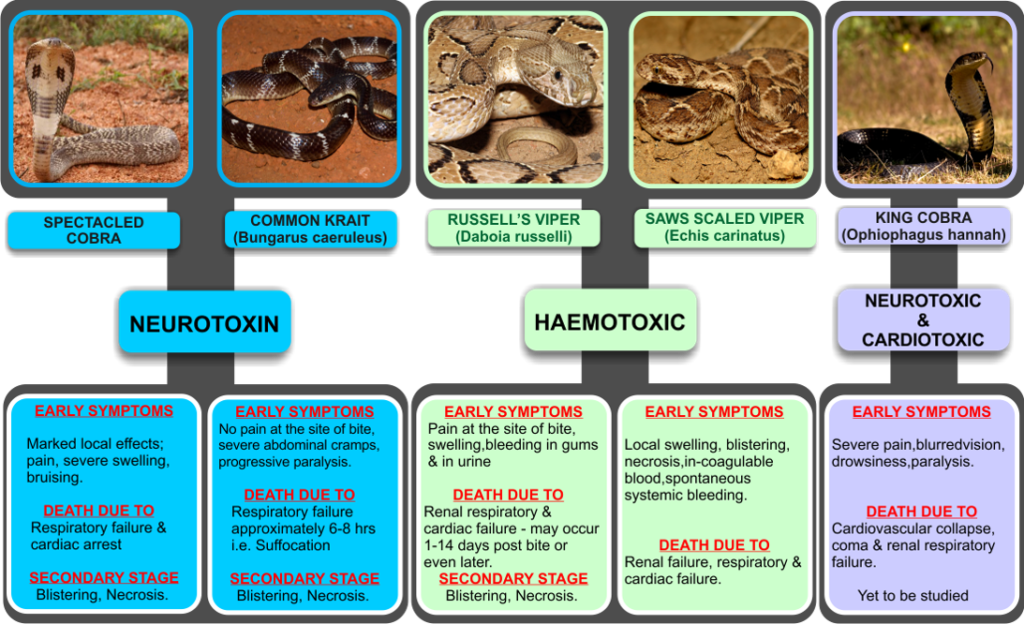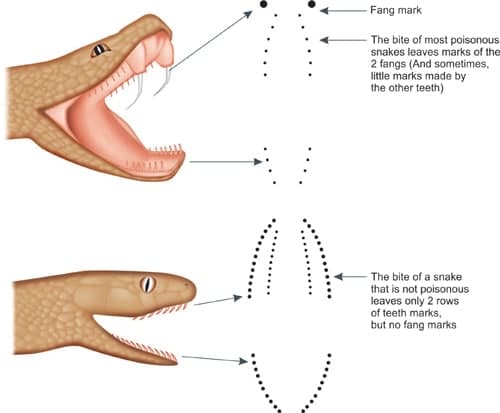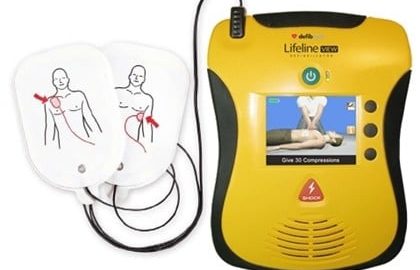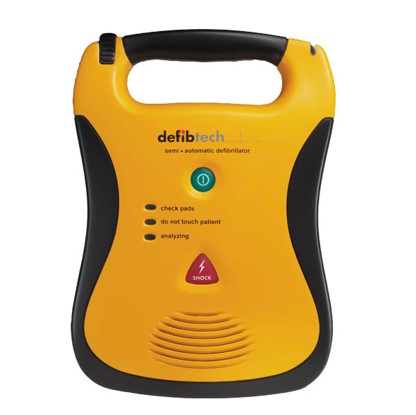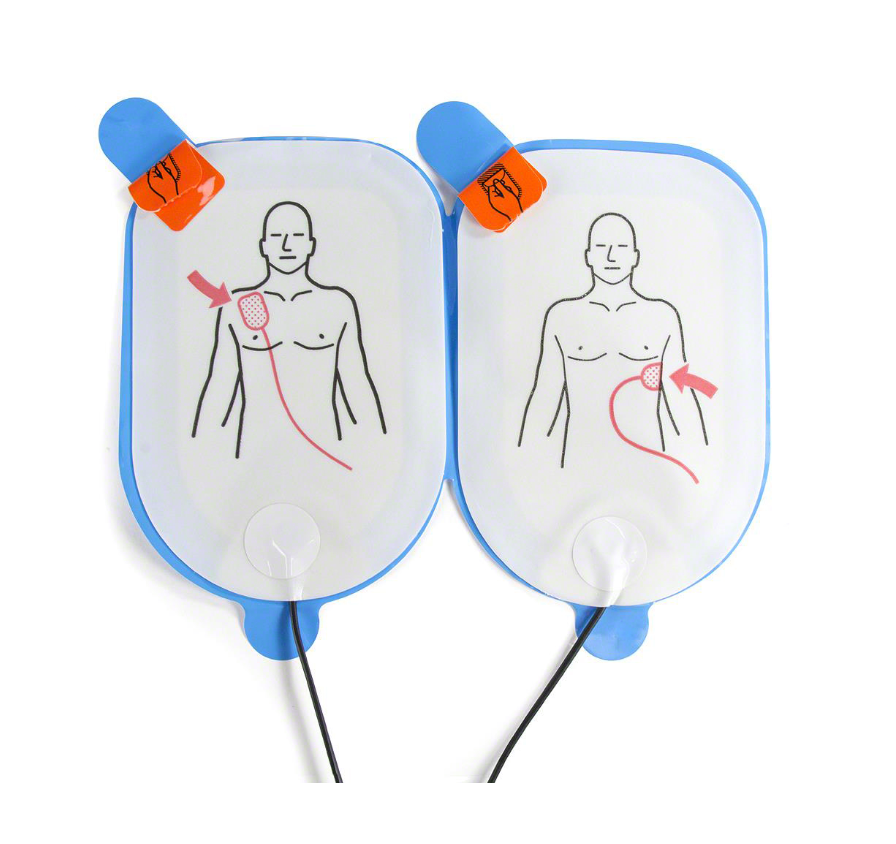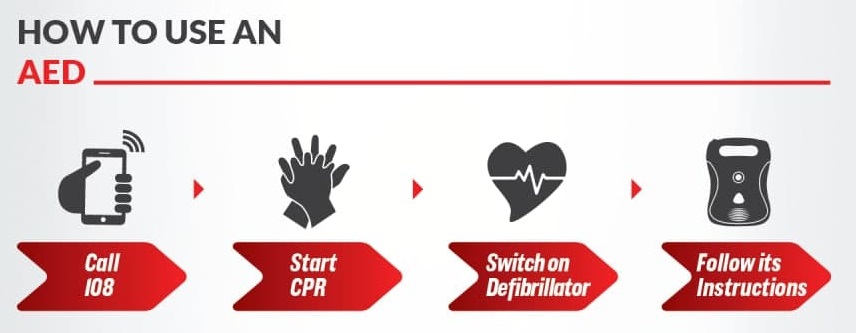Hello readers! Trust all are safe and doing great in your lives. It has been a couple of months since my last blog. Was busy with training people and travelling. Hereinafter shall make sure I post blogs regularly every month. In this blog, Maggie and Jaggy discuss a medical emergency known as Anaphylactic shock, its symptoms and first aid.
Over to Jaggy and Maggie.
Maggie: “Hello Jaggy!”
Jaggy. “Hello Maggie! How was your trek and where did you go?”
Maggie: “It went well Jaggy. We went to the Queen of the Hills of South India.”
Jaggy: “Great! You had been to Ooty.”
Maggie: “Jaggy recently we had a situation in our office, and we did not know what to do at that time.”
Jaggy: “Oh, I see! What was the situation?”
Maggie: “One of our friends suddenly went sick when one of my friends brought a plate of peanuts to eat. The girl sitting next to him suddenly felt sick.”
Jaggy: “That must have been a bout of Anaphylactic shock.”
Maggie: “What?”
Jaggy: “No need for such a reaction. It is the word used to define the sickness associated with Allergies and the reaction to it.”
Maggie: “Can you explain it a bit more clearly?”
Jaggy: “Anaphylaxis is a severe potentially life- threatening allergic reaction. It can occur within minutes of exposure to something you are allergic to such as peanuts, bee or insect stings or even certain food items.”
Maggie: “Oh! Now I understand.”
Maggie: “What are the symptoms and how does one recognize this?”
Jaggy: “Symptoms usually start within minutes of exposure to the allergen. Sometimes the symptoms appear later. The symptoms are skin reactions including hives, itching, flushed or pale skin. Drop in blood pressure, constriction of airways, a week and rapid pulse, nausea, dizziness, or fainting are also common.”
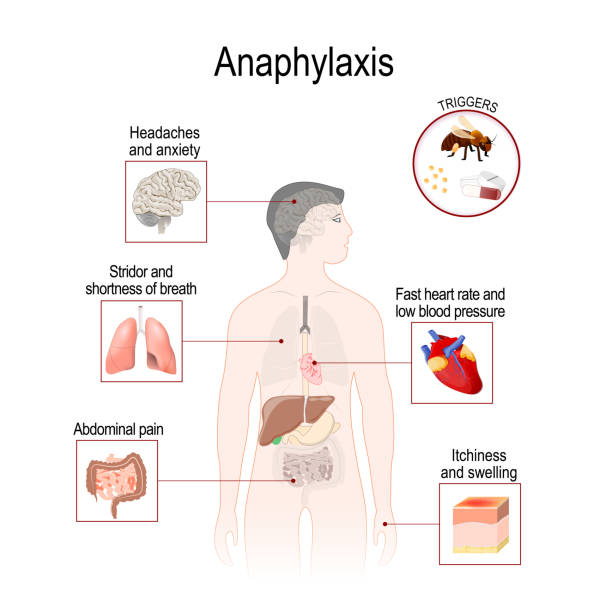
Maggie: “Oh, I see!”
Maggie: “So, what does one do when said symptoms occur?”
Jaggy: “The first thing to be done is to take the victim to the hospital immediately in whatever possible way. In many countries, people with allergies carry an epinephrine autoinjector. If the person has one, take it and inject it midthigh and monitor the victim. In many countries epinephrine auto injectors are not in use. People who suffer such reactions if known carry the related medicines.”
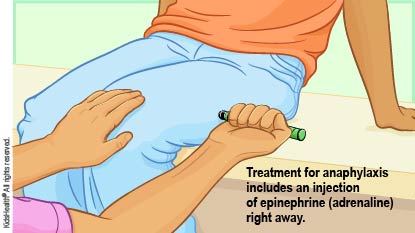
Maggie: “What else can be done while taking the person to the hospital?”
Jaggy: “You can loosen tight clothing and cover him or her with a Blanket. If you find vomit or blood in the mouth, turn the victim to one side to prevent choking. Seek medical help quickly. The victim may have to spend a few hours of monitoring in the hospital.”
Maggie: “Do we give CPR?”
Jaggy: “No not if the victim is breathing.”
Maggie: “Any short way I can remember this?”
Jaggy: “Glad that you asked. The procedure is called AMPLE. A- ALLERGY M- MEDICATION P- PREVIOUS HISTORY L- LAST MEAL E- EVENT. You can ask these questions based on these words.”
Maggie: “Great Jaggy. It is a pleasure always talking to you. You really keep things simple.”
Maggie and Jaggy will be back to discuss many more such incidents and events. Till my next blog,
Stay Safe Be Safe. Live Life Save Life, and keep the comments, suggestions coming.
Seshadri Varadarajan


